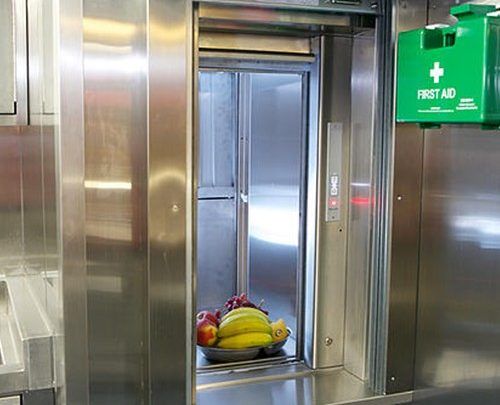
How to Maintain Your Elevator in Australia
Up until the mid-19th century, only a handful of building in Australia were taller than a few stories. Naturally, this meant that there were very few elevators in Australia at the time. However, with the proliferation of DC networks in Melbourne for trams meant buildings had a source to power elevators more than 3 floors, this led to many mid-rise building such as the Argus building in Lonsdale st. Melbourne became a bustling city known for its tall buildings with innovations from builder Grollo and Engineering Johns Perry Lifts developing the modern LeBecca system in the late 1980s. The number and speed of elevators has increased, as well as the complexity , safety and precision required to maintain them.
An elevator can provide dependable vertical transport to its users if it is well maintained and kept in good working order. Unfortunately, inadequate elevator maintenance, and unsupported lift technology can lead to costly incidents.
As a result, not having an elevator maintenance plan and not sticking to professional advice on your vertical transportation can cost $100,000s in legal cost and material damages .
In this blog, we will go through the intricacies of elevator maintenance, providing valuable insights and tips for property owners and managers across Australia.
Elevator Maintenance Tips
Elevators are more than just mechanical devices; they are the conduits of travel within buildings, keeping the flow of people and goods moving efficiently.
Consider the following elevator maintenance tips to ensure they work properly:
1. Choose a Reliable Elevator Service Provider with 24 hour coverage.
2. Establish a Maintenance Schedule
3. Conduct Frequent Cleaning and Lubrication
4. Check the Safety devices
5. Monitor the Control systems for errors and inconsistencies
6. Identify Signs of Wear and Tear and report them immediately for attention.
Elevator Inspection Schedule
While being well versed with elevator maintenance tips is crucial, it is even more important to have a thorough elevator inspection schedule in place.
Here is a detailed breakdown of what your elevator inspection schedule should include:
Monthly Inspections
Interior and Exterior Cleaning: Check for debris or dirt inside the elevator cab and around the elevator doors. Make sure to regularly clean and remove obstructions from lift doors.
Lubrication: Apply lubrication to the elevator’s moving parts, such as door rollers, guide rails, and sheaves. Check oil levels of gearboxes and check for leaks.
Emergency Phone Check: Ensure that the emergency phone is free of error messages and operating correctly. Test the alarm buttons and communication features for proper operation.
Control System Check: Ensure that the control panel is free of error messages or unusual operating sequences. Test all buttons and emergency features for proper operation.
Quarterly Inspections
General Safety inspection: Perform inspections on general safety features, such as emergency brakes, safety switches, lift positioning system and fire service, to confirm they function correctly.
Visual Inspection of Components: Inspect components like ropes, belts, door locks and motor drives for signs of wear and tear. Replace any worn-out parts as necessary.
Bi-Annual Inspections
Full System Check: Conduct a comprehensive inspection of the entire elevator system, including both mechanical and electrical components, to identify potential issues.
Oil and Fluid Analysis: Analyze the quality of hydraulic oil or other fluids used in the elevator system and replace them as needed. Check seals and resolve any leaks.
Annual Inspections
Safety Certification Renewal: Ensure that your elevator’s safety certification is up to date, complying with local authorities and Australian regulations. Verify that all safety features are in line with current standards.
Elevator Modernization: Consider upgrading or modernizing your elevator to improve energy efficiency, safety, and user experience.
Signs of Elevator Problems
In addition to routine maintenance and inspections, it is also critical to be on the lookout for signs of elevator problems between scheduled checks. Here are some common signs that your elevator needs immediate attention:
Unusual Noises: Pay attention to any strange or loud noises during elevator operation, such as grinding, scraping, or clunking sounds. These may indicate underlying mechanical issues.
Slow or Irregular Movement: If the elevator moves slowly, stops abruptly, or fails to level correctly with the floor, it could be a sign of mechanical or electrical problems.
Doors Malfunctioning: Elevator door issues, including failing to open or close properly, can pose safety hazards and should be addressed promptly.
Frequent Breakdowns: If your elevator experiences frequent breakdowns or requires repairs more often than usual, it may signal underlying issues that need attention.
Error Messages: Keep an eye out for error messages displayed on the control panel. These messages can provide valuable insights into the elevator’s condition.
Are you looking for premium lifts for your home or business? Contact us at info@volkslift.au for further information.






